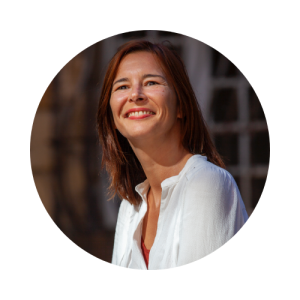The development of the human species like the growth of the child gradually reveals two types of curvature in the spinal column: primary curvatures (convex in the back, kyphosis) and secondary curvatures (concave in the back, lordosis).
The “primary” curvatures are the occiput, the thoracic zone and the sacrum, which remain from the great fetal curve in flexion. They have a protective role for the organs contained therein and are generally not very mobile.
Conversely, we refer to “secondary” curvatures for the lumbar and cervical areas, which are later formed by the movement itself on the occasion of the exit of the head out of the uterus, standing position and walking for the lumbar. They are more mobile and serve as dynamic links.
The vertebral column stricto sensu is thus constituted by a succession of three physiological curves: lumbar lordosis, dorsal kyphosis, cervical lordosis. The points of change of curvature, called hinges, have a particular mobility.
It is not desirable to erase these three physiological curves which give the column 10 times more resistance to the load than if it had none. The eradication of the lumbar lordosis sometimes advocated in certain types of physical work actually reduces this resistance to the load in half.
At the lumbar level, when the concave curve formed by the sacrum and the lumbar spine is accentuated, we speak of lordosis (“sway back”).
No matter the radius of each physiological curvature, specific to the morphology of each one of us, the important thing is to have a flexible and adaptable spine. Put a hand on your back to feel your different physiological curves then move it in all directions…can you feel your curves change shape, are some areas moving more than others?


